Battery Capacity vs. Power Output: The Difference?⚡Australia
Explore how battery nominal & useable energy capacity is different to power output, and learn about state of charge, depth of discharge, and cycles.
Read more
Tesla Powerwall 3 Rebate Now Available - Combine with Federal Subsidy Today
For the first time, the NSW
Government
has released a solar battery scheme in NSW, which is set to further reduce the price of batteries, as well as aid grid instability.
Take advantage of the 2025 NSW battery subsidy today and save on your first battery investment with the Peak Demand Reduction
Scheme (PDRS).
The Peak Demand Reduction Scheme (PDRS) technically isn't a rebate, as it isn't a direct rebate to customers. Instead, it is a discount off the upfront installation cost of the battery, depending on the capacity.
Developed by the NSW Government, the scheme
was created to increase battery adoption to increase battery adoption and grid stability. From November 1, customers can take advantage of
battery installation and Virtual Power Plant connection rebates.
Battery Subsidy
Homes and businesses in NSW with existing solar can get a value off the up-front installation cost of a battery, depending on the battery size.
A new solar system can also be included in the battery quote.
Virtual Power Plants
Get between $250-$400 for connecting your business or home to a Virtual Power Plant (VPP). You can claim this twice, with at least 3 years between claims.

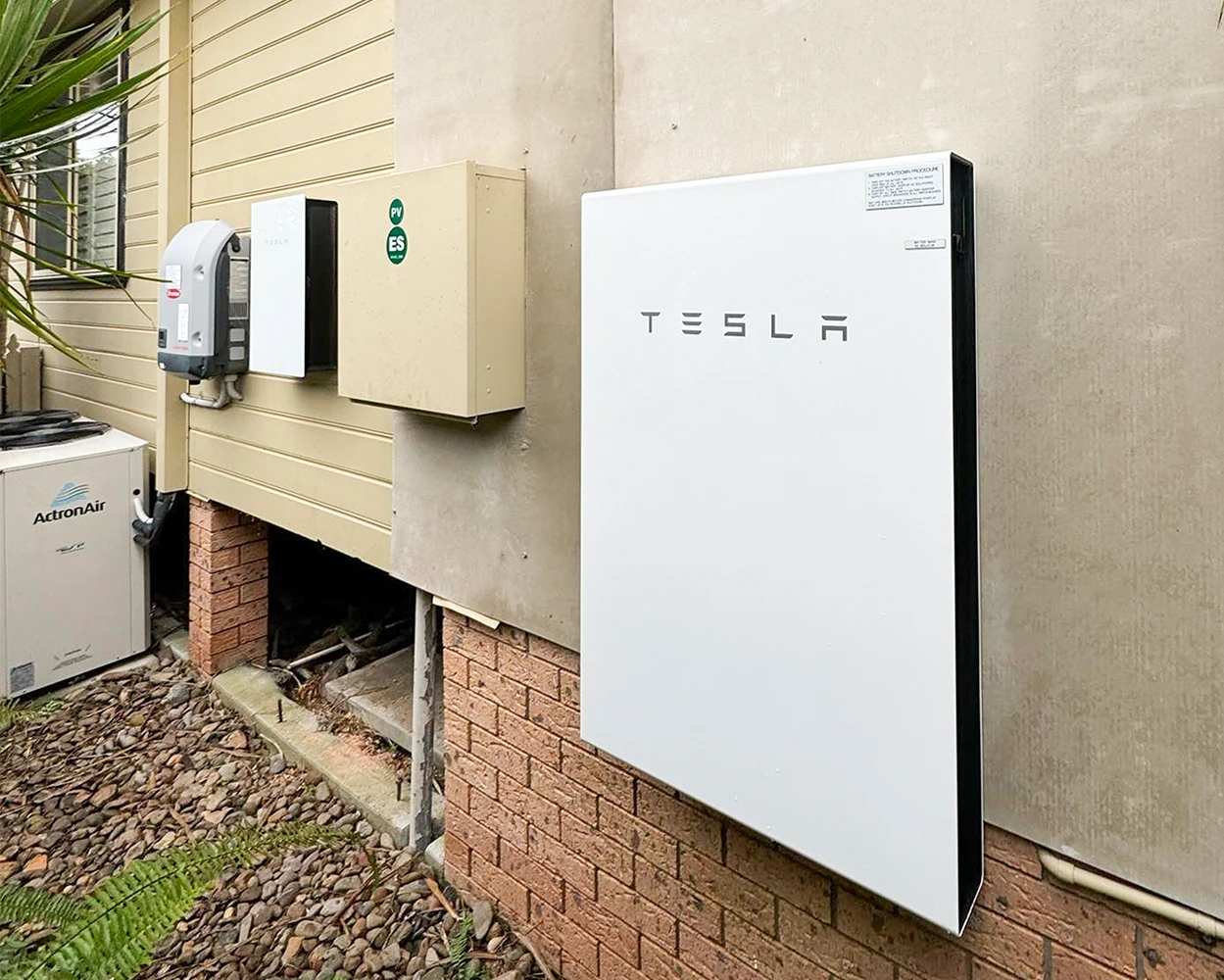
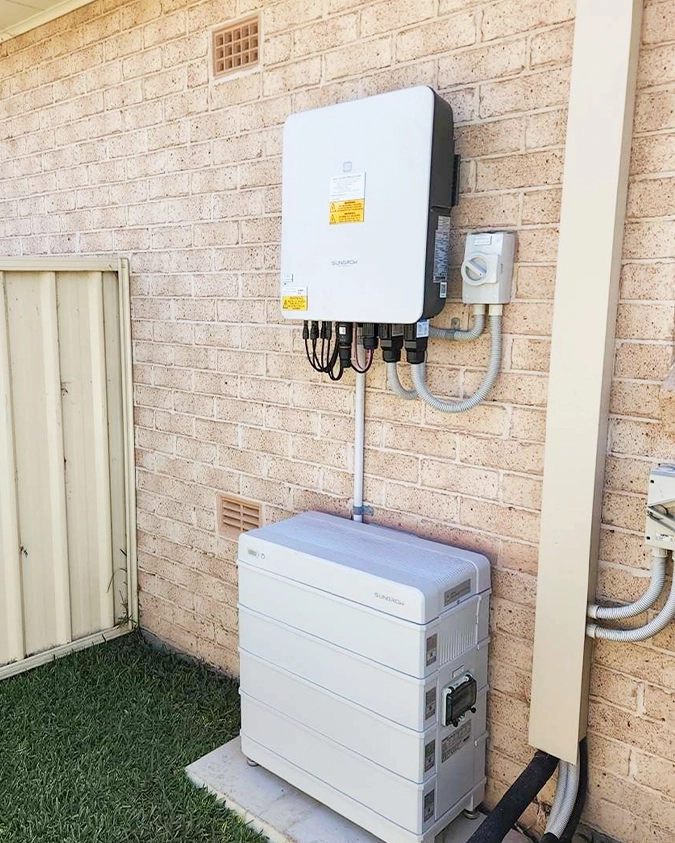
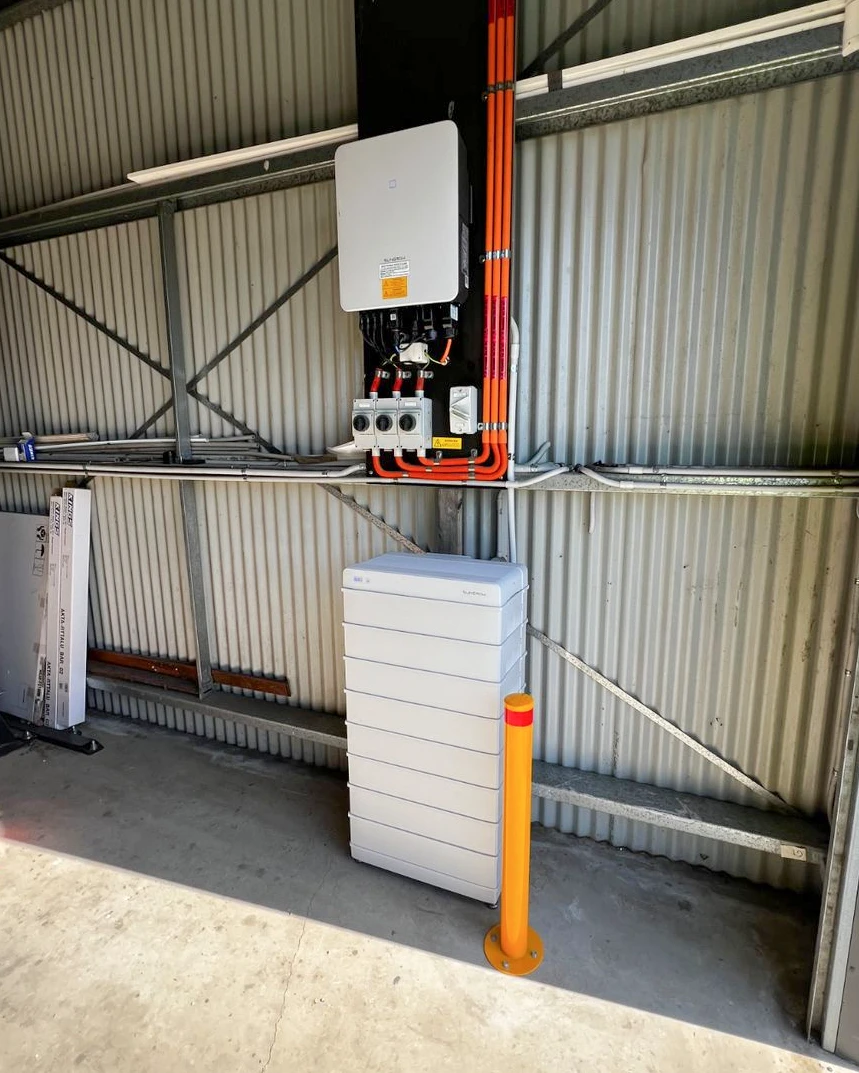
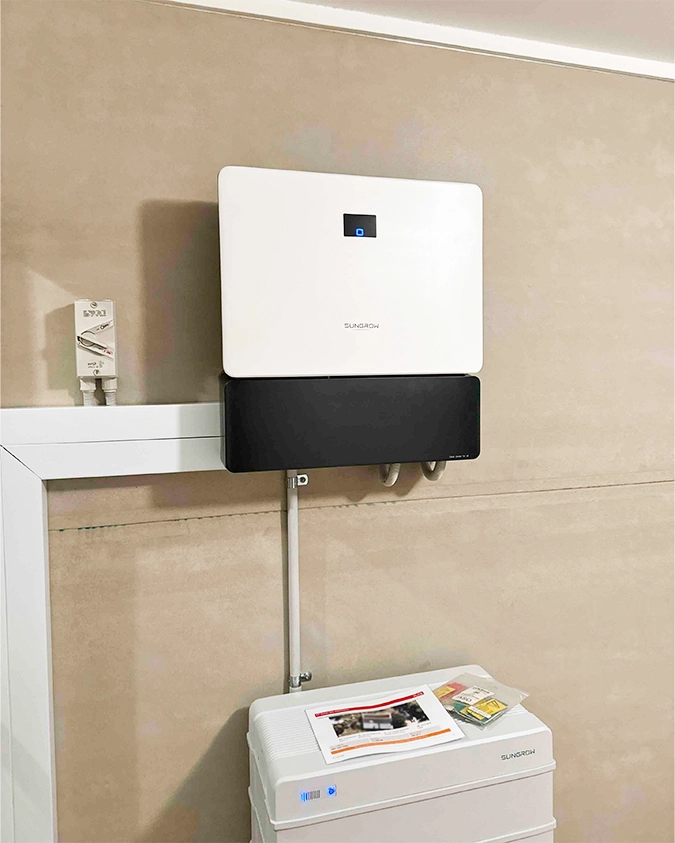
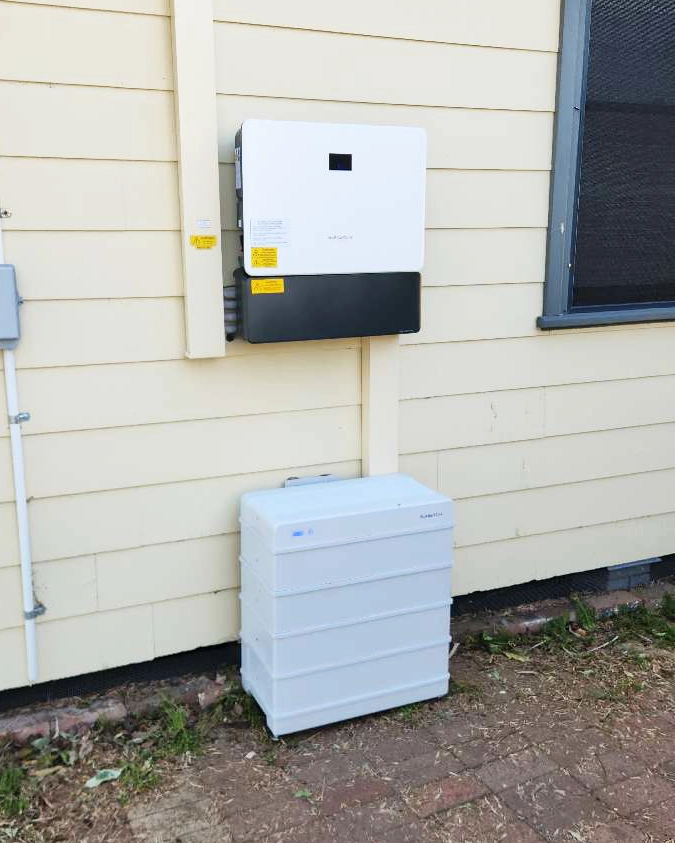
How to claim the Battery Rebate?
Simply fill this form out, and we can have a chat about finding the best battery for your property and allow you to incentive discounts today!
Because each home will be different, there is no 'one for all' pricing. That's why we offer a super-easy quoting experience so you can get the most out of available rebates and Government schemes.
The PDRS is designed to increase adoption of solar battery storage throughout Newcastle, the Hunter, and throughout NSW, helping more Australians invest in their first energy storage systems. With the incentive including both price reductions for batteries and rewards for connecting to a Virtual Power Plant, there are options for most people.. but what are the battery eligibility requirements?
Must have a usable battery capacity greater than 2 kWh and less than 28 kWh.
Must be listed on the approved product list specified by the Scheme Administrator.
Must have a minimum 6 years remaining on the warranty.
At least seventy percent (70%) of Usable Capacity being retained 10 years from the date of installation.
A minimum ambient temperature range of -10°C to 50°C.
2.8 MWh of energy throughput per kWh of usable capacity before April 2026. (3.65 MWh post April 2026).
Use this NSW battery rebate subsidy calculator and get estimated savings on your first-time battery purchase. Note:
this incentive is technically not a rebate as it is a discount off the installation cost of your battery. Pricing from the subsidy
calculator is only indicative. For a proper quote please contact
our team.
You will need to have a solar system installed or get one installed with along with the battery.
Ensure your installer is partnered with an Accredited Certificate Provider (ACP) to qualify.
Discover eligible batteries for the NSW battery rebate scheme and save on your first battery installation. We install these solutions throughout the Newcastle and Hunter region.
Eligible Battery List: Tesla Powerwall 2, Tesla Powerwall 3, Sungrow SBR, Sungrow SBH, BYD Battery-Box HVM, and BYD Battery-Box HVS.
Batteries like Tesla Powerwall, Sungrow SBR & SBH, and BYD Battery-Box all meet the requirements outlined by the NSW Government with sufficient warranty coverage, and other aspects.
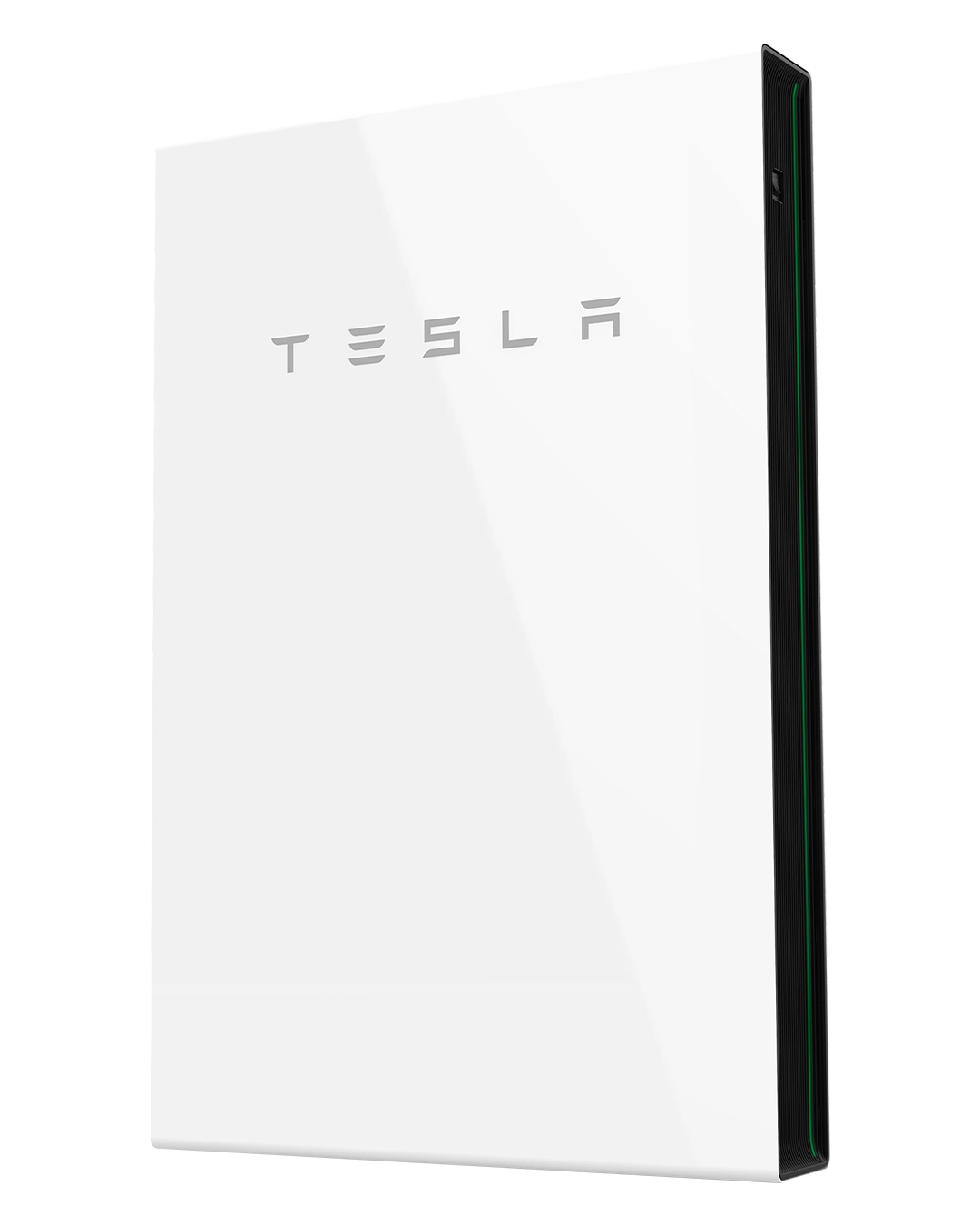
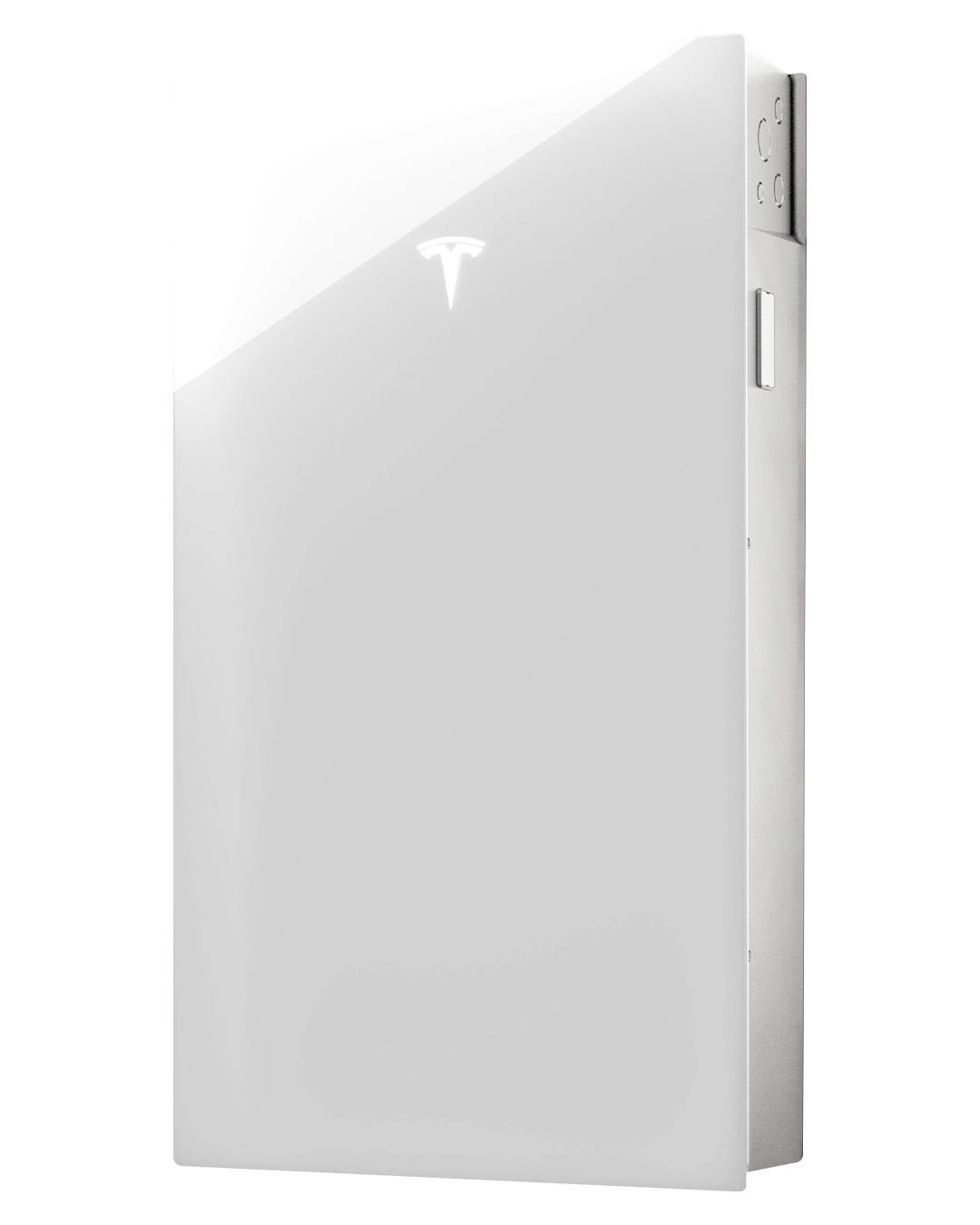
Tesla Powerwall 3 can help you maximise your solar generation with its 13.5 kWh capacity. Tesla Powerwall 3 is available and eligible for the NSW battery rebate, allowing first-time battery buyers to take full advantage of the subsidy.
With a built-in solar inverter, Tesla Powerwall 3 is a perfect solution for new homes that want a minimalistic storage system, that also packs a punch with its impressive features.
Order Tesla Powerwall 3 now and pair with solar to maximise your savings from incentives like the NSW battery scheme.
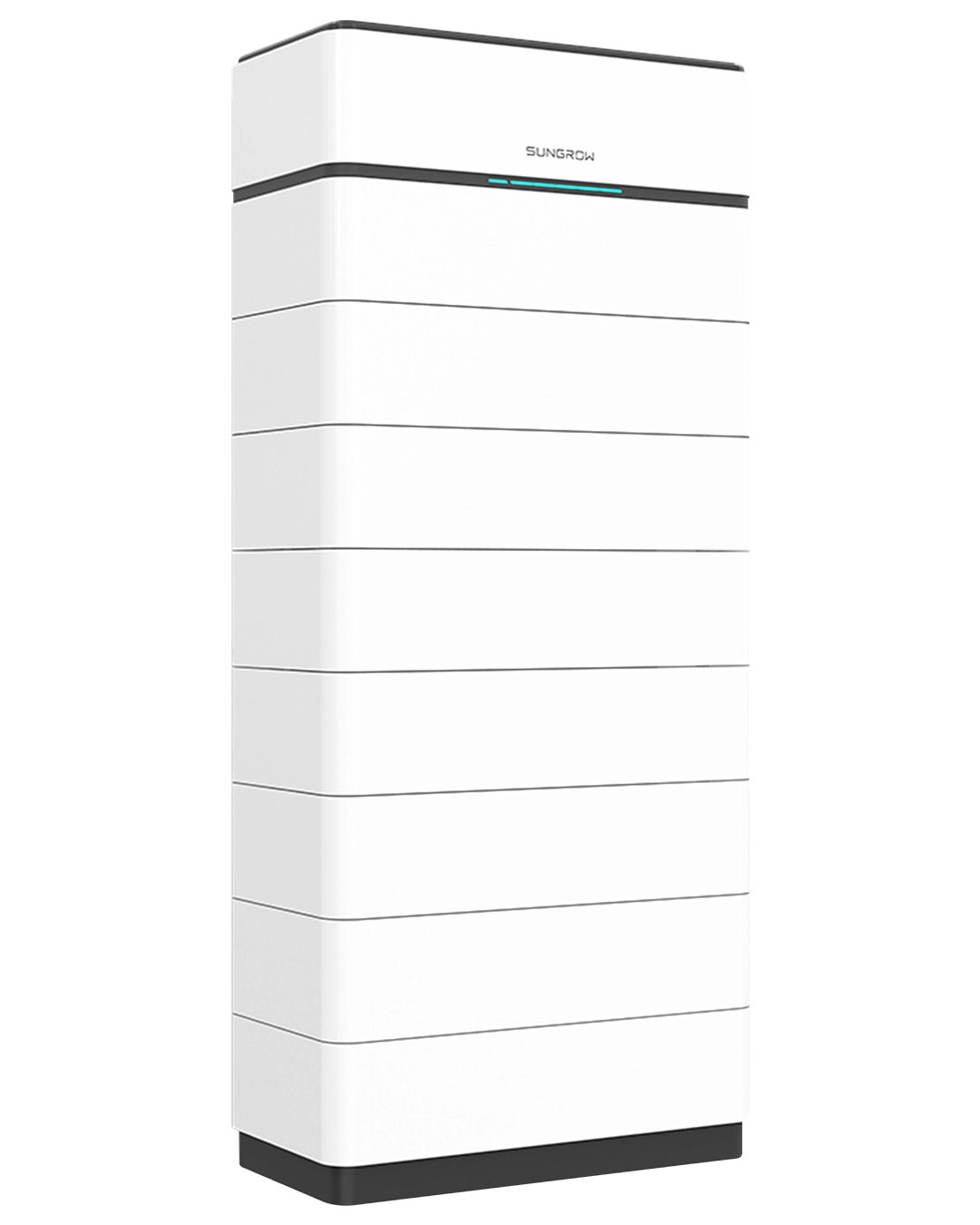
SBH100/150/200/250/300/350/400
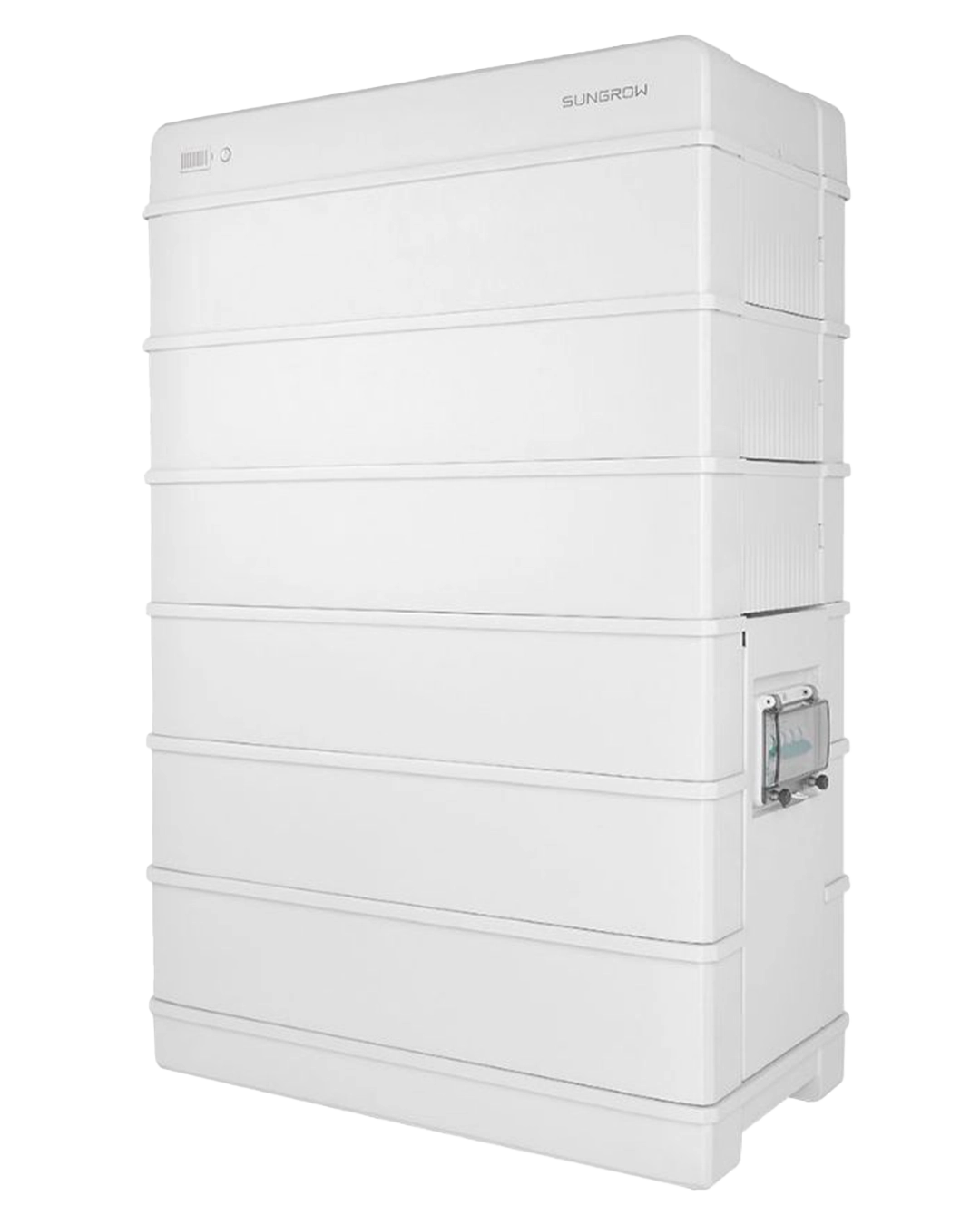
SBR064/96/128/160/192/224/256
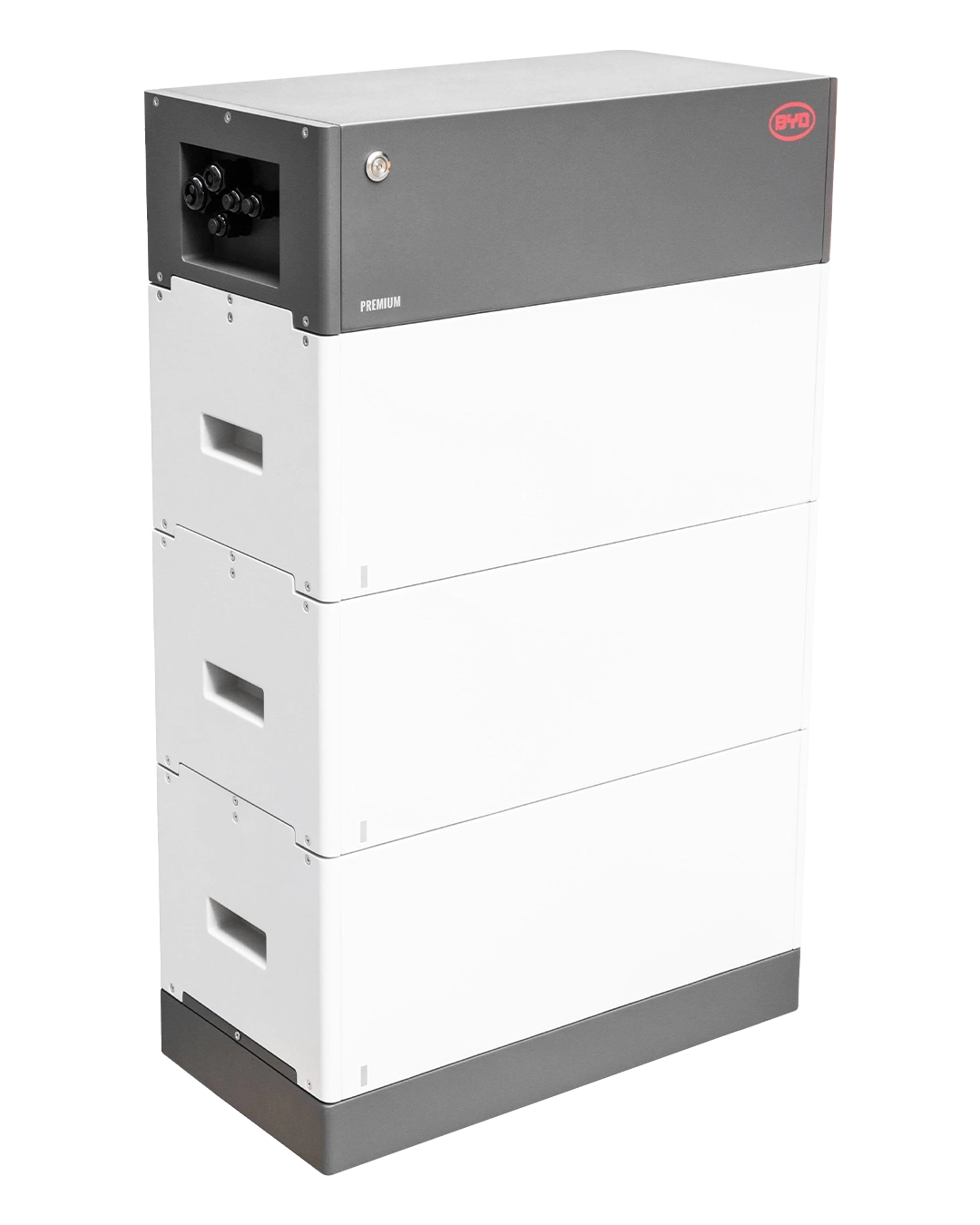
SBR064/96/128/160/192/224/256
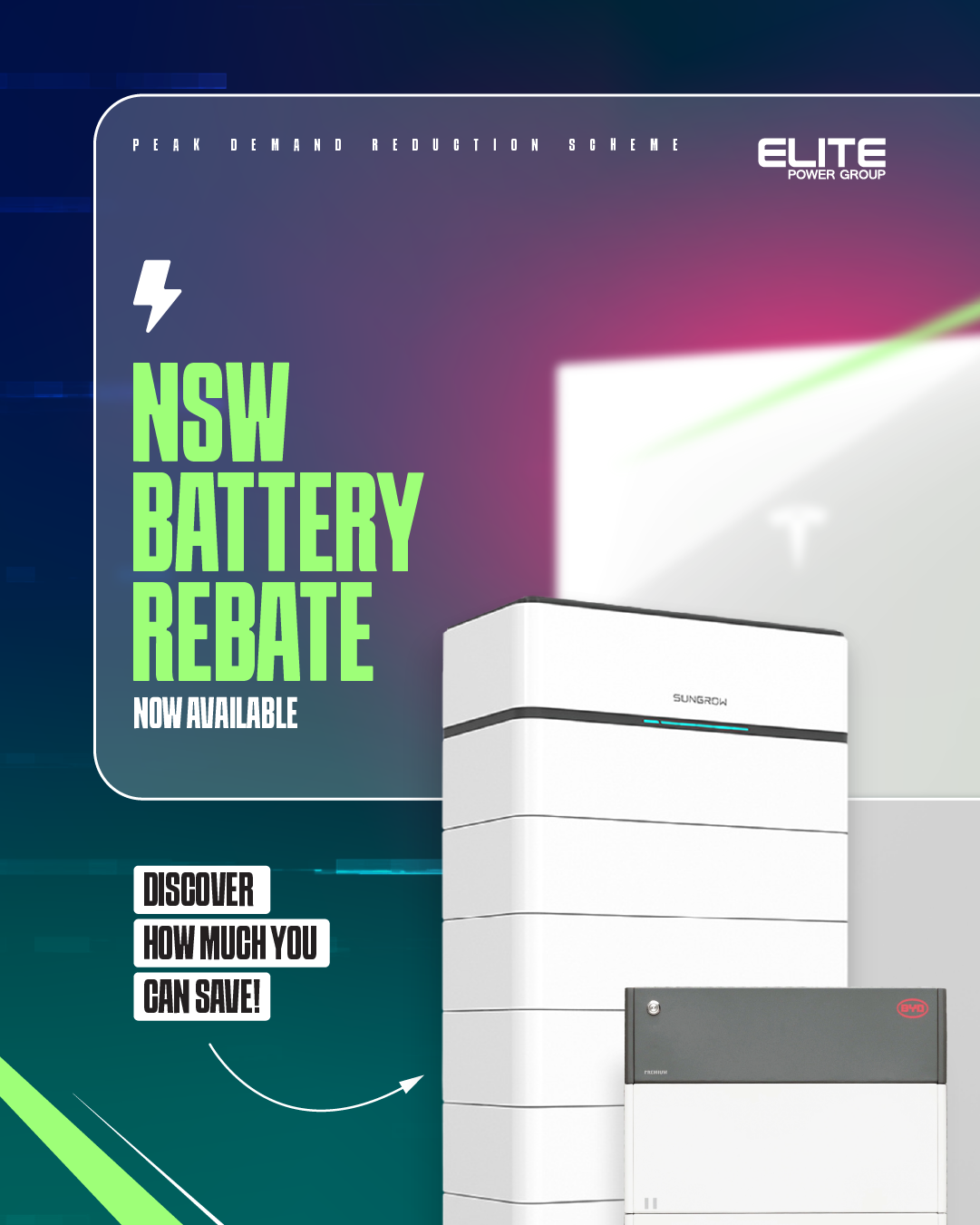
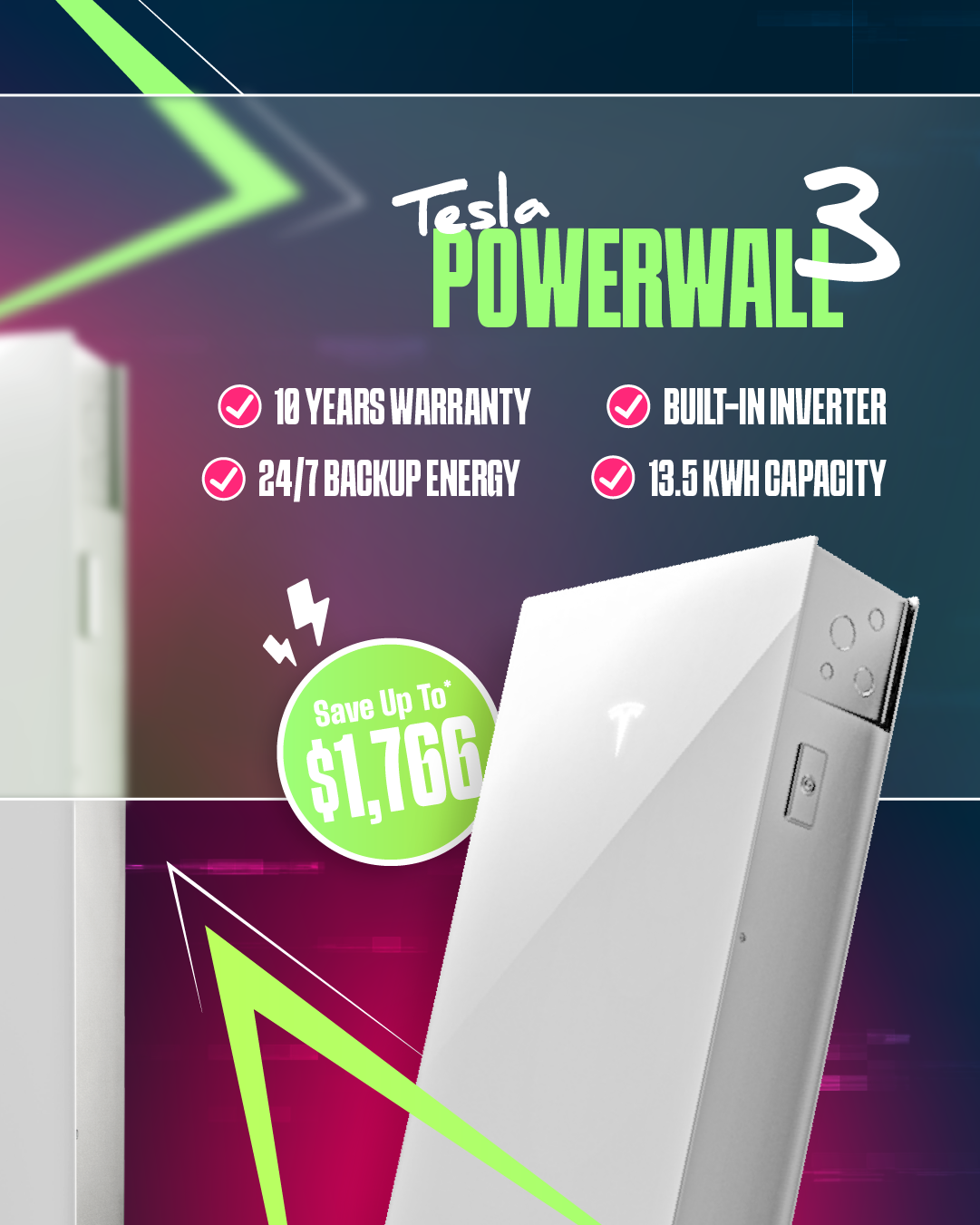
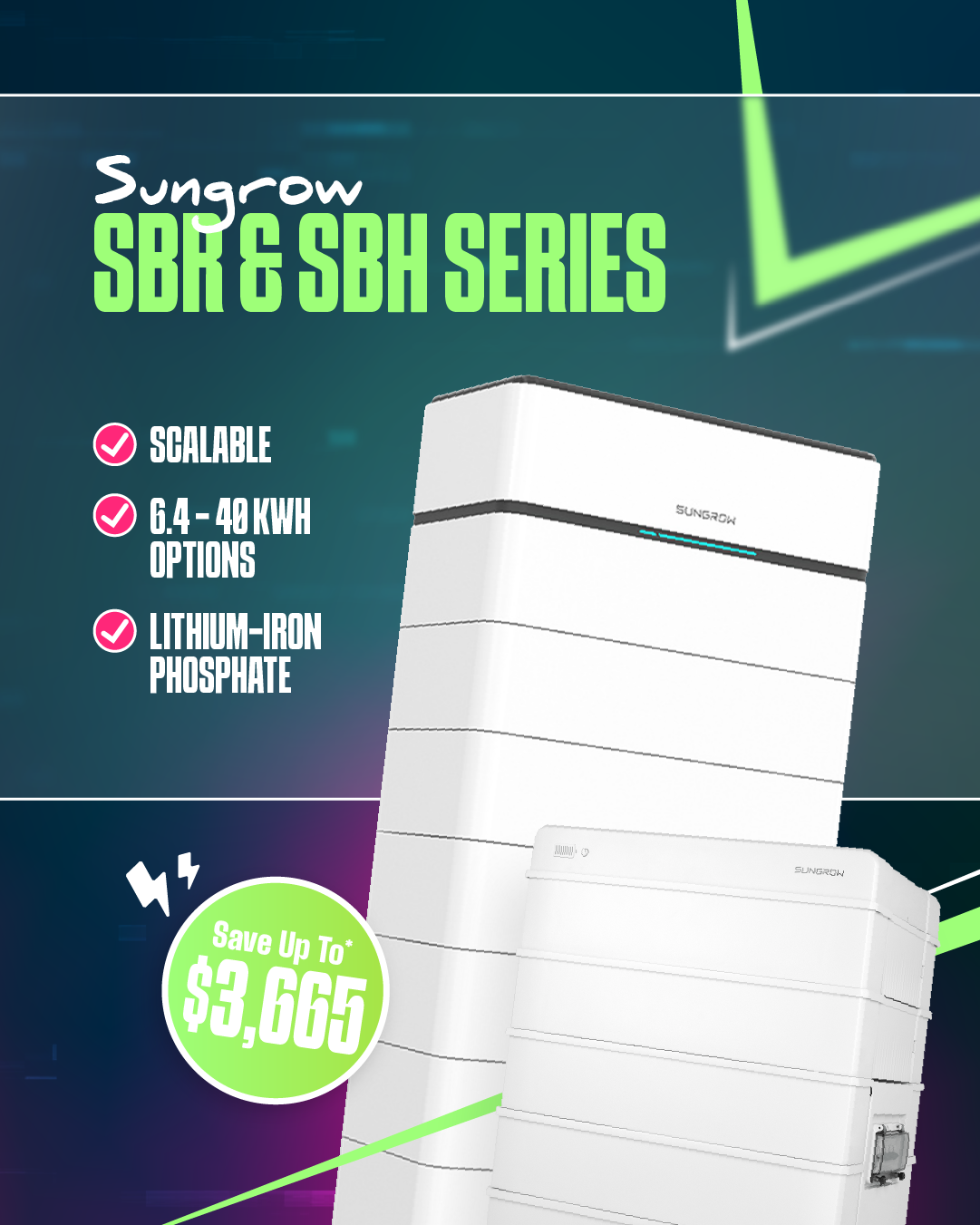
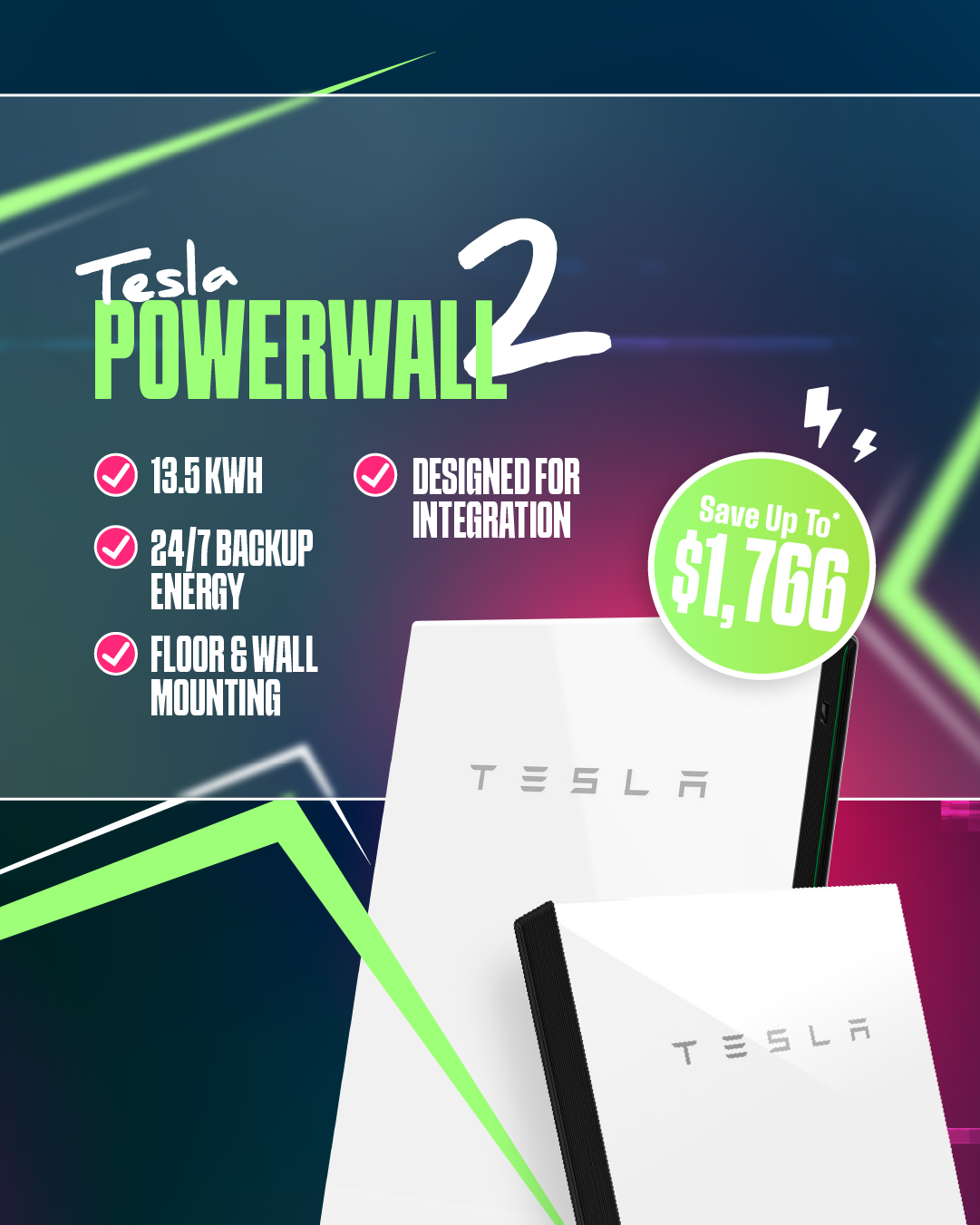
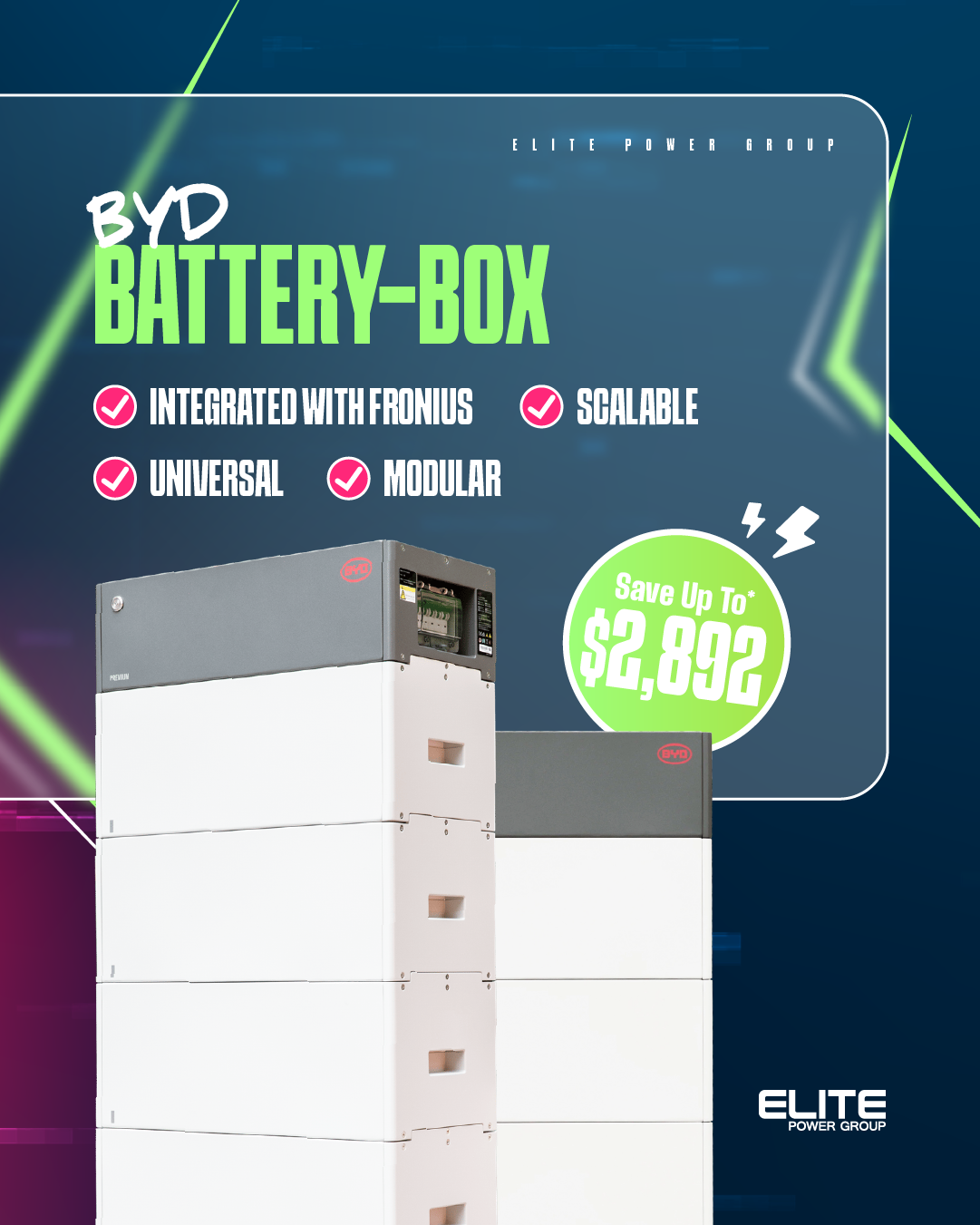
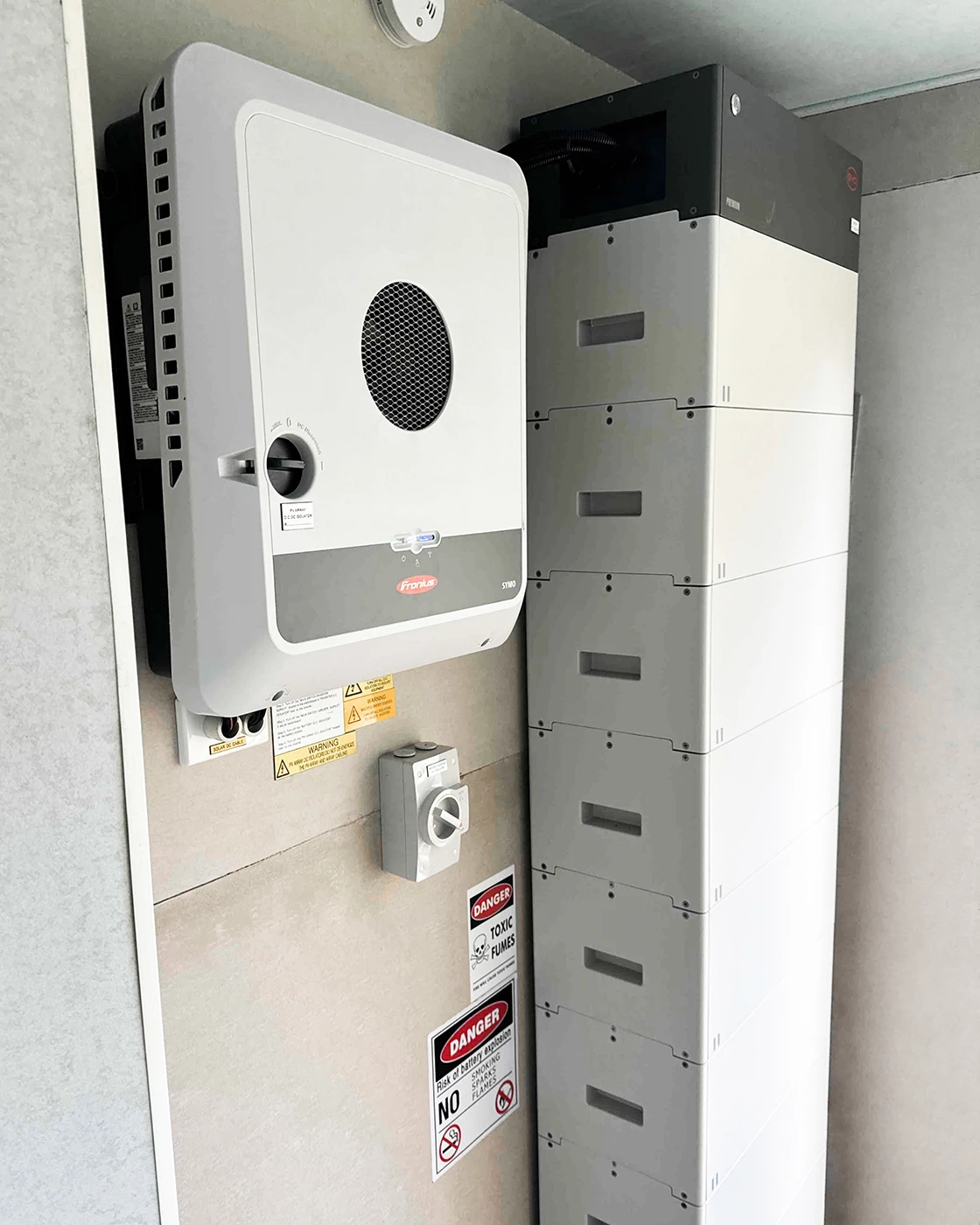
The ‘Peak Demand Reduction Scheme’ (PDRS) is designed to incentivise more Australians to invest in home battery storage, through up-front installation cost reductions. The options will allow you to take advantage of rooftop solar by adding battery storage, and by connecting to a Virtual Power Plant (VPP).
The program initiated November 1st 2024 with no end date, and is aimed to help stabilise the grid, further contributing to Australia’s Net Zero targets and reducing overall emissions.
There are available solar battery rebates and schemes for homes and businesses across NSW. Here are the official scheme reductions for solar battery storage from the NSW Government.
What are the requirements for the Peak Demand Reduction Scheme, and what does the battery need to claim the NSW battery rebate?
Approved Product List: The Clean Energy Council have an approved battery list where you can view battery and other equipment eligibility, including eligibility for the PDRS.
Useable Capacity: With the range of 2-28 kWh of useable capacity, it refers to the amount of energy a battery can actually store and distribute. This will be slightly less than the nominal total capacity. According to the NSW Government’s website, a typical 5-person household consumes about 25kWh per day.
Warranty Duration: Battery manufacturers are required to have at least 6 years of warranty to ensure long-term protection. However, the batteries we install like Tesla Powerwall, Sungrow, and BYD batteries all come with 10-year warranties. This confirms your unit is covered in the event of any failures.
Warranty Temperature Range: The temperature range is specified to ensure the battery will perform reliably in various climates. Some batteries have multiple temperature ranges which may make things confusing.
Warranty Throughput: Throughput's refer to how long a battery can last with a significant number of charging and discharging cycles. This is to confirm you are getting the most value for money and avoid premature failure.
70% Remaining Capacity: Over the course of 10 years, batteries will have an expected degradation, which is measured of the remaining available usable capacity. Tesla Sungrow, and BYD all have 70% remaining coverage on their warranties.
Here is a simple comparison table between Tesla Powerwall 2, Powerwall 3, Sungrow SBR & SBH, and
BYD Battery-Box
to help you better understand each battery and which one best suits your energy requirements. Here we compare elements like battery
capacity, single and three phase, output power, warranty, chemistry, mounting, and their key features. (Flip to landscape on mobile
devices).
| Battery (Click for Datasheets) | Capacity | Phase | Output Power |
Warranty |
Battery Chemistry |
Mounting |
Key Features |
| Tesla Powerwall | |||||||
|
Tesla
Powerwall 2 |
13.5 kWh |
Single | 5kW (7kW peak) | 10 Years |
Lithium-Ion |
Floor & Wall | Stack up to 10 Tesla Powerwall 2's |
| Tesla Powerwall 3 | Up to 10 kW | Lithium Iron Phosphate (LFP) | Built-In Solar Inverter, Flood Protection of 0.6 m | ||||
| Sungrow SBH & SBR | |||||||
| Sungrow SBH100 | 10 kWh | Single & Three | 7.04 kW |
10 Years |
Lithium Iron Phosphate (LFP) |
Floor |
High-capacity options, with modular and scalable units which can total 160 kWh with 4 units in parallel. |
| Sungrow SBH150 | 15 kWh | 10.56 kW | |||||
| Sungrow SBH200 | 20 kWh | 14.08 kW | |||||
| Sungrow SBH250 | 25 kWh | 17.60 kW | |||||
| Sungrow SBH300 | 30 kWh | 21.12 kW | |||||
| Sungrow SBH350 | 35 kWh | 24.64 kW | |||||
| Sungrow SBH400 | 40 kWh | 28.16 kW | |||||
| Sungrow SBR064 | 6.4 kWh | 3.84 kW | Scalable & Designed with safe battery Chemistry | ||||
| Sungrow SBR096 | 9.6 kWh | 5.76 kW | |||||
| Sungrow SBR128 | 12.8 kWh | 7.68 kW | |||||
| Sungrow SBR160 | 16 kWh | 9.60 kW | |||||
| Sungrow SBR192 | 19.2 kWh | 11.52 kW | |||||
| Sungrow SBR224 | 22.4 kWh | 13.44 kW | |||||
| Sungrow SBR256 | 25.6 kWh | 15.36 kW | |||||
| BYD Battery-Box | |||||||
| BYD Battery-Box HVM 8.3 | 8.28 kWh | Single & Three | 7.65 kW | 10 Years | Lithium Iron Phosphate (LFP) | Floor | Off-grid functionality, with high efficiency and scalable options. |
| BYD Battery-Box HVM 11 | 11.04 kWh | 10.2 kW | |||||
| BYD Battery-Box HVM 13.8 | 13.8 kWh | 12.8 kW | |||||
| BYD Battery-Box HVM 16.6 | 16.56 kWh | 15.35 kW | |||||
| BYD Battery-Box HVM 19.3 | 19.32 kWh | 17.9 kW | |||||
| BYD Battery-Box HVM 22.1 |
22.08 kWh |
20.45 kW | |||||
| BYD Battery-Box HVS 5.1 | 5.12 kWh | 5.1 kW | |||||
| BYD Battery-Box HVS 7.7 | 7.68 kWh | 7.68 kW | |||||
| BYD Battery-Box HVS 10.2 | 10.24 kWh | 10.23 kW | |||||
| BYD Battery-Box HVS 12.8 | 12.8 kWh | 12.8 kW | |||||
Choosing the right
battery
and capacity will depend on a number of factors, your solar system size, consumption habits, daily usage, backup options, budget
constraints, and scalability.
Your solar system size will help identify the ideal sized battery to ensure you're maximising the energy you generate. Determining your solar production will help indicate how much excess you have.
Each home will be different in their energy consumption, from the amount to the time they use it. If you mainly consume energy at night, battery storage may be perfect for you to help store the energy you harness throughout the day.
By reviewing your daily usage average, you can find a ballpark number to run with. The daily average consumption is around 13.2 kWh, which a Tesla Powerwall 3 would be able to cover at 13.5 kWh of capacity.
Whilst you can size your battery to help offset nighttime energy usage, wanting additional backup energy reserves for grid failures will require more energy capacity to keep your lights on during extended outages.
Your budget will be a factor in finding the right bang-for-buck solution. Budget constraints will play a part in determining the capacity and help narrow down mid and top-tier solutions.
Investing in a battery with scalability ensures flexibility if you ever wanted to upgrade in the future if your energy requirements change. Batteries like Sungrow are stackable and modular by just adding another module.
Our Newcastle-based team of experienced installers provide accurate and free quoting on not only battery systems, but also provide quotes with incorporated incentive pricing for solar systems. Make it easy and order a full solar and battery system through us and be assured that you know what you're in for before any money exchanges hands.
We don't sell you a system that you don't need.
There is a huge opportunity for new and existing solar owners like you, to take advantage of the energy YOU generate. Maximise your savings today and reap the benefits of energy independence.
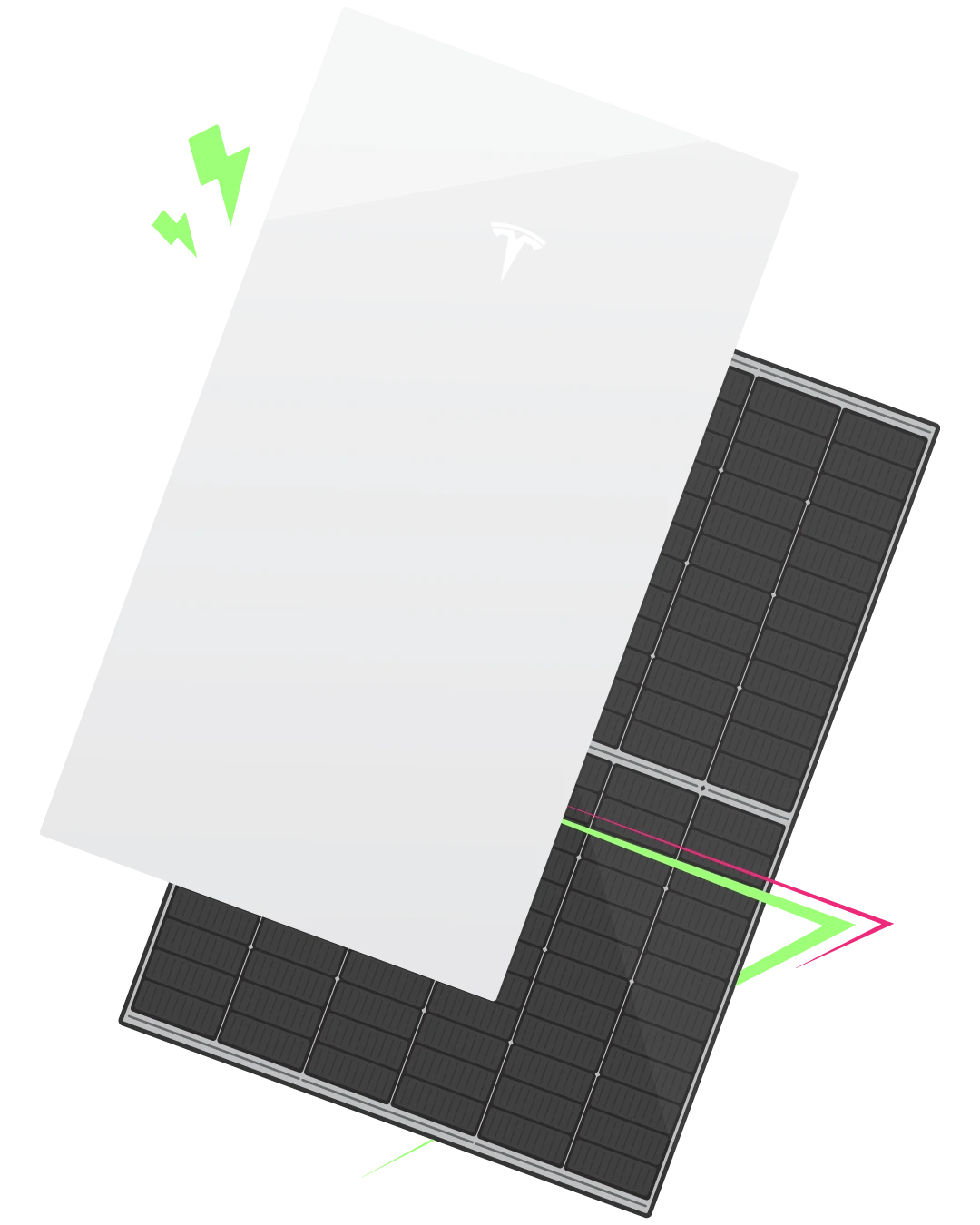
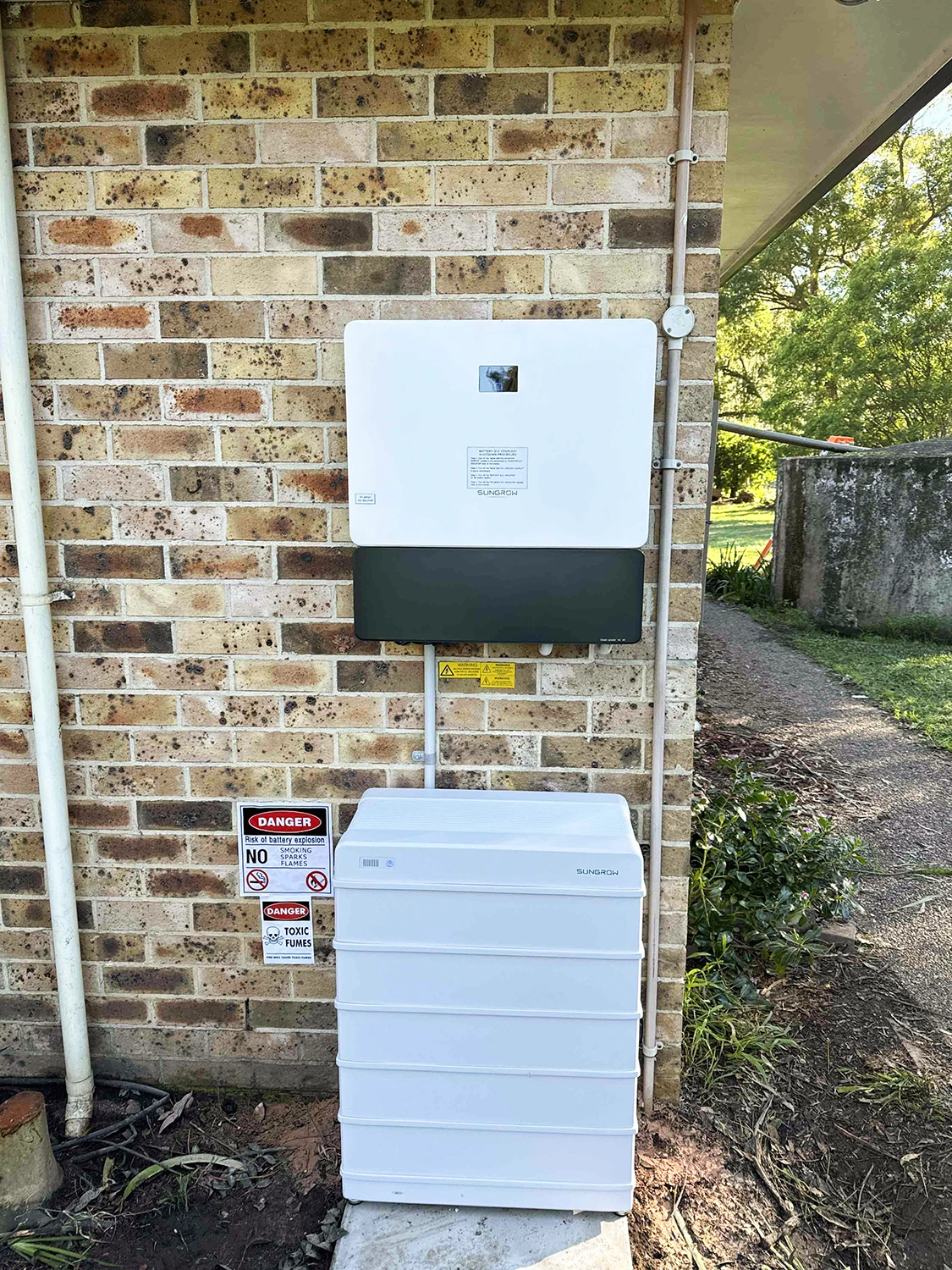
Solar and battery owners who sign up and connect to a Virtual Power Plant (also called Demand Response contracts), can earn an incentive through the Peak Demand Reduction Scheme of up to $400 per claim which can claimed twice with at least 3 years apart.
So not only can you save on your solar with incentives, on your battery with incentives, but now you can earn incentives by connecting them to a VPP.
Through the Peak Demand Reduction Scheme, solar and battery owners who sign up to a Virtual Power Plant earn an incentive which can be claimed twice with at least 3 years apart. Similar to the discount on your first battery, the discount is dependent on how large your battery is. The larger the capacity, the larger the incentive.
If you're new to battery storage for homes and businesses, you're not alone!
Battery storage is a great way to store excess solar generated throughout the day to be consumed through peak demand periods. Battery owners can maximise their solar investment, reducing energy costs, and grid demand, whilst also contributing to grid stability and reduced emission targets.
Who is the Battery Scheme for? The rebate is for people who are looking to invest in solar batteries, to help more Australians gain access to this evolving technology.
There is a lot of potential on how this rebate can pan out, benefiting everyone from customers to local businesses. With a well-refined battery storage rebate, it allows more of the community to access energy storage, which all contributes to a stabilised electricity grid for more reliable and cheaper energy.
With discounts on battery storage, it emulates what happened with the solar rebate, where Australia became a powerhouse, and now leads globally in rooftop solar. NSW saw a rapid uptake of solar systems, in which we saw the investment pay off successfully in not just individual returns, but Australia's renewable energy transition with over 11% of Australia's electricity coming from rooftop solar in Q4 2023.

When trying to find an installer to help you install a solar or battery system, there are many options to
choose from throughout Newcastle and the Hunter, which can make it a challenging decision!
Customer-first Mentality
From when we first meet, we want to ensure a positive experience
which exceeds expectations with accessible post-installation support.
Local Industry Professionals
Unlike other businesses through Newcastle, Maitland, and Hunter, our team specialise in not just solar and battery storage but are proficient in electrical and EV charging too!
Certified Solar & Battery installers
The Elite Power Group team have invested in becoming CEC/SAA accredited designers and installers to ensure systems are reliable and of the highest quality.
Solutions for All Properties
Rebates like this aren't just for homes, but for businesses too. We want to help all properties, both residential and commercial with your energy solutions.
Below are some frequently asked questions about the Peak Demand Reduction Scheme.
Explore how battery nominal & useable energy capacity is different to power output, and learn about state of charge, depth of discharge, and cycles.
Considering a cheap solar system? Learn how low-quality, unreliable inverters and panels can lead to costly repairs, full replacements, and safety issues.
Battery supply chains are tight across Australia, with shipping delays leaving many installers out of stock and customers waiting longer. What's happening?
Learn how to avoid solar scams in NSW. Spot red flags & dodgy installer tactics and find reputable companies with great warranty & quality installations.
Explore the best solar system sizes & how many panels you need, the best Australian solar brands, and cost estimates for 6.6 & 10kW systems in NSW.
Over 56,000 solar batteries were sold in Q2, 2025, thanks to the Australian battery subsidy. Explore solar & battery uptake, growth trends, and what's next.
If talking about getting battery storage excites you, or you are curious to know more about how much you can get off with the NSW battery subsidy, we'd love to have a chat with you and discuss your options! From installing a small battery storage system to a large-scale solar array and storage system, we can help you for your entire journey from initial contact, to post-installation support.
We're your Newcastle and Hunter experts that have been specialists in battery storage for a long-time, helping business and homeowners find the ideal battery that best matches energy requirements, and budgets. Contact battery installers near you and save today.
*Prices are approximate and are subject to change due to varying spot price. Please contact us for updated and more accurate pricing.
By mentioning 'rebate' we are referring to the Peak
Demand Reduction Scheme.